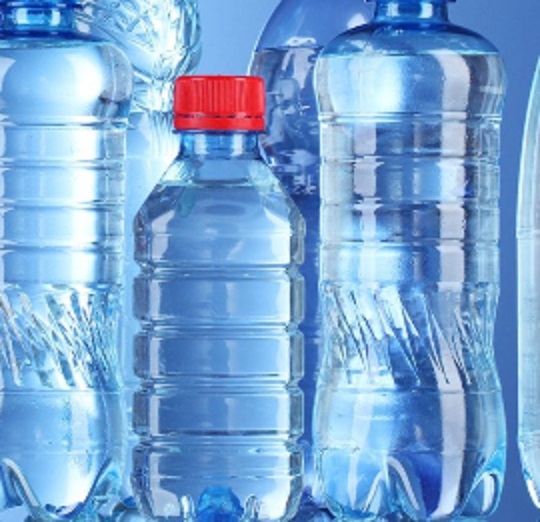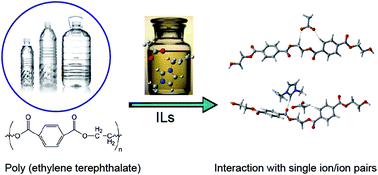Theoretical studies on glycolysis of poly(ethylene terephthalate) in ionic liquids -Ionic liquids (ILs) present superior catalytic performance in the glycolysis of ethylene terephthalate (PET) – Glycolysis poly(ethylene terephthalate) PET ionic liquids - Arhive
Glycolysis poly(ethylene terephthalate) PET ionic liquids Glycolysis poly(ethylene terephthalate) PET ionic liquids Glycolysis poly(ethylene terephthalate) PET ionic liquids Glycolysis poly(ethylene terephthalate) PET ionic liquids Glycolysis poly(ethylene terephthalate) PET ionic liquids
Theoretical studies on glycolysis of poly(ethylene terephthalate) in ionic liquids
Abstract
 .
.
To investigate the microscopic degradation mechanism of PET, density functional theory (DFT) calculations have been carried out for the interaction between ILs and dimer, which is considered to symbolize PET.
We found that hydrogen bonds (H-bonds) play a critical role in the glycolysis process. In this study, 24 kinds of imidazolium-based and tertiary ammonium-based ILs were used to study the effect of different anions and cations on the interaction with PET.
Natural bond orbital (NBO) analysis, atoms in molecules (AIM) and reduced density gradient (RDG) approaches were employed to make in-depth study of the nature of the interactions.
It is concluded that the interaction of cations with dimer is weaker than that of anions and when the alkyl chain in the cations is replaced by an unsaturated hydrocarbon, the interaction will become stronger.
Furthermore, anions play more important roles than cations in the actual interactions with dimer. When the hydrogen of methyl is replaced by hydroxyl or carboxyl, the interaction becomes weak for the amino acid anions and dimer.
This work also investigates the interaction between dimer and ion pairs, with the results showing that anions play a key role in forming H-bonds, while cations mainly attack the oxygen of carbonyl and have a π-stacking interaction with dimer.
The comprehensive mechanistic study will help researchers in the future to design an efficient ionic liquid catalyst and offer a better understanding of the mechanism of the degradation of PET.


